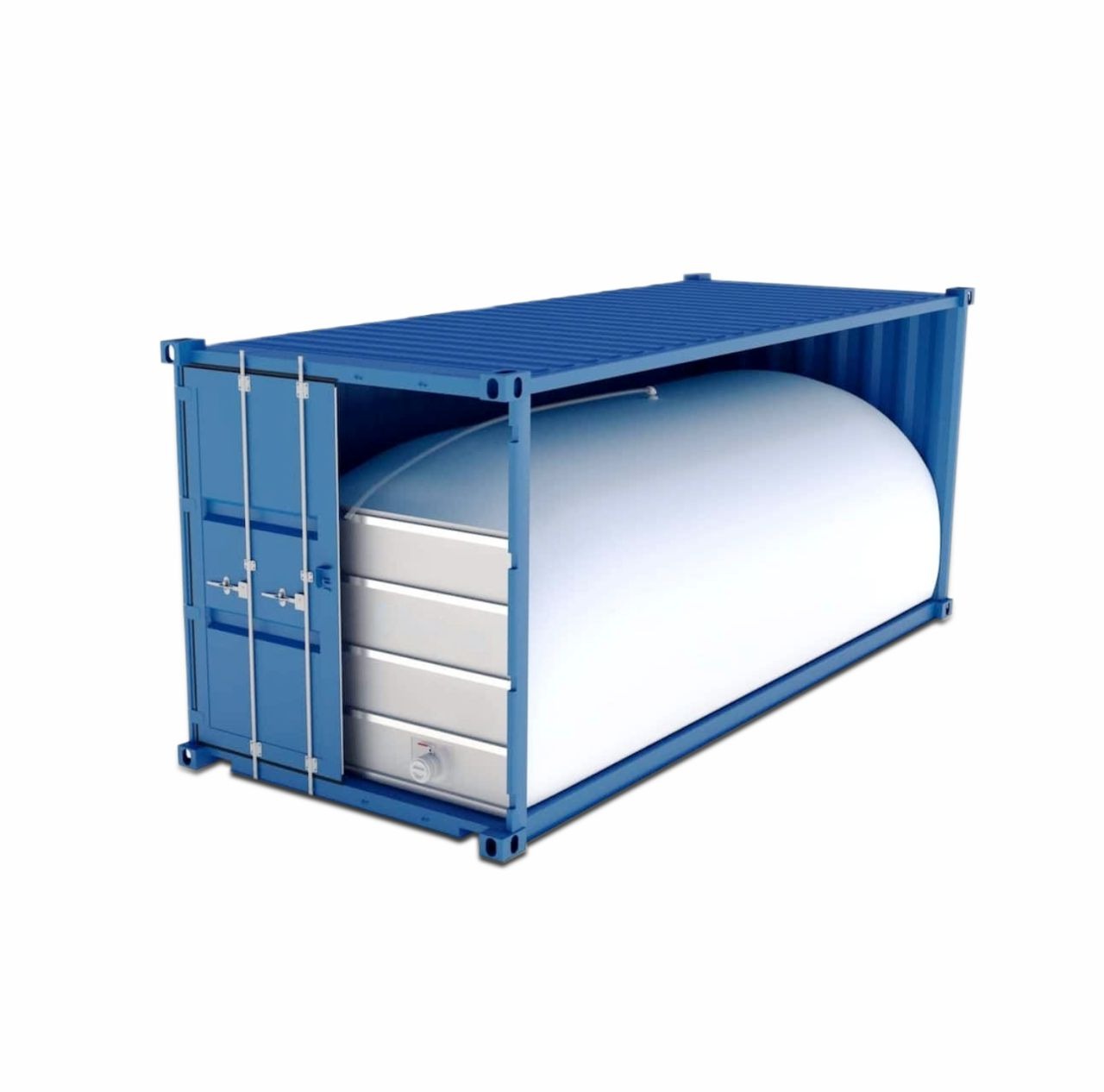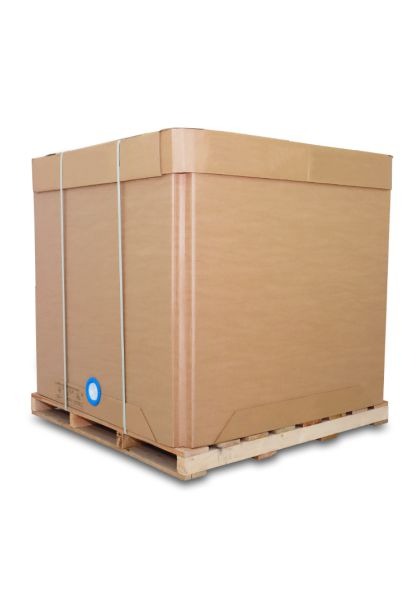Enhancing Cargo Protection and Efficiency
Dry Bulk Container Liners
Dry bulk liner provide an additional layer of protection to the cargo, safeguarding it against moisture, dust, and pests. These liners act as a barrier, preventing any potential damage that may occur during transportation or storage. With the use of container liners, cargo owners can have peace of mind knowing that their goods are secure and well-protected.
In industries where hygiene and product purity are critical, such as the food and pharmaceutical sectors, shipping container liners play a crucial role in preventing contamination. The liners act as a shield, minimizing the risk of cross-contamination from previous cargoes or external contaminants.
Applications of container liners: Agriculture and food industry, Chemical and pharmaceutical industry, Mining and minerals industry, Automotive industry, Starch and Malt, Sugar, Beans, Flour, Salt, Rice, Plastic pellets, resins, granules etc




.png)